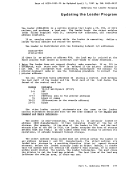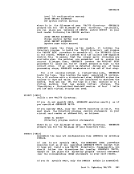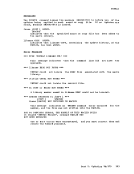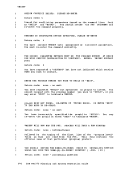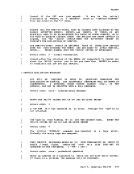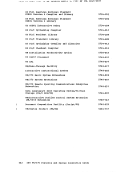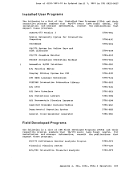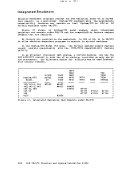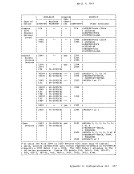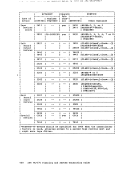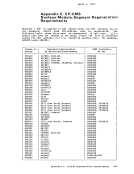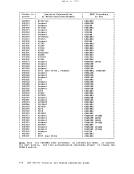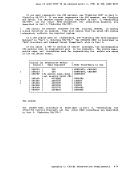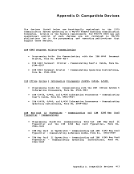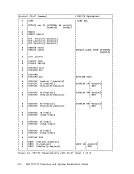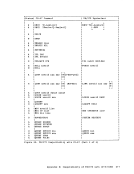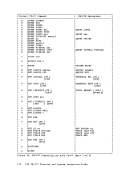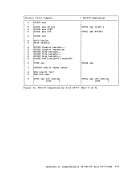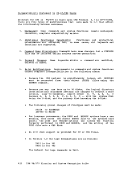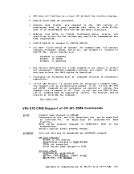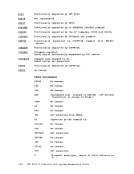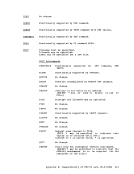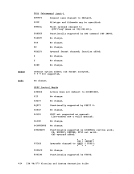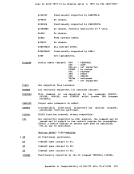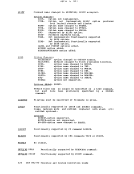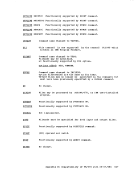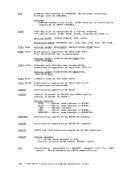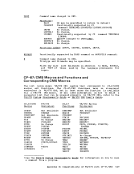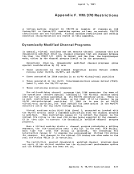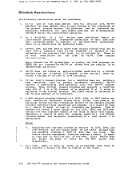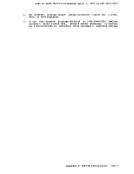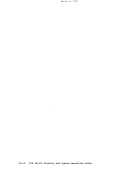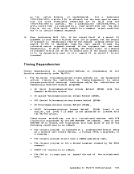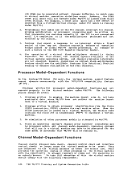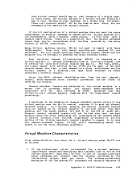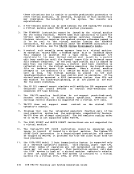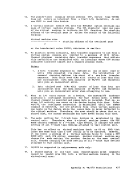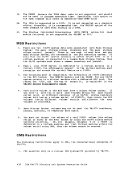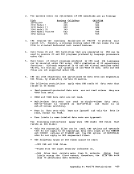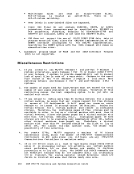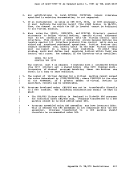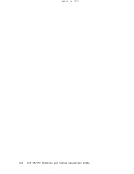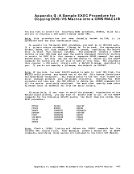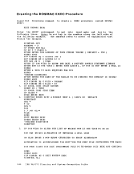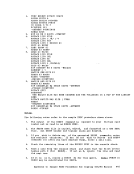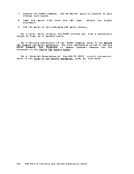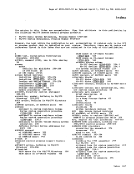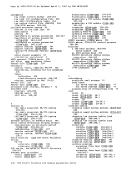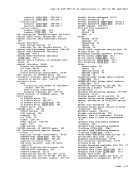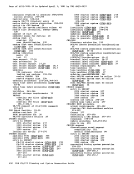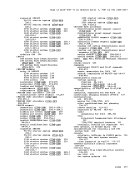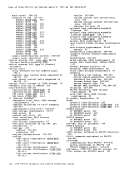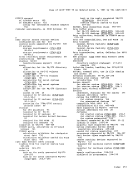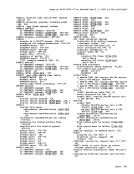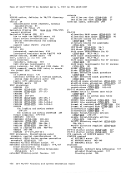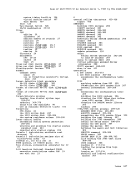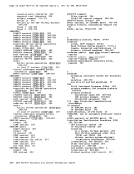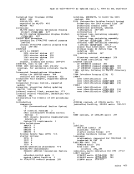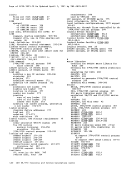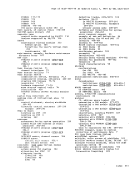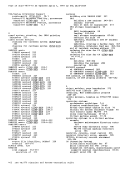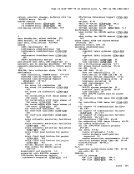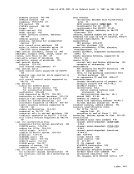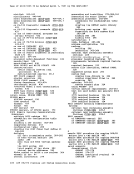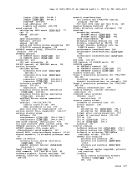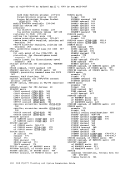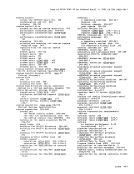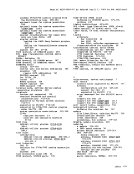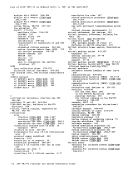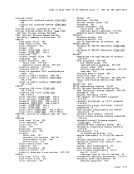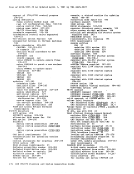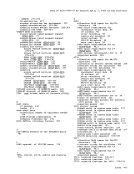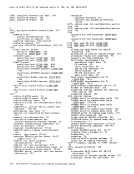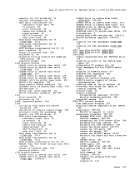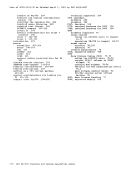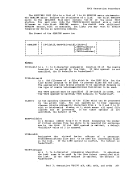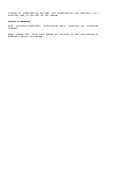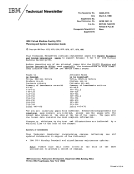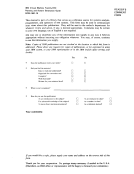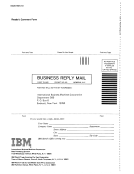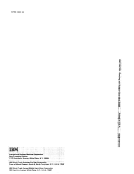Directory Program Allocating DASD Space for the VM/370 Directory
Before you create yourVM/370 directory using the Directory program, be
sure you have enough DASD space allocated as directory space (DRCT).Use the CP Format/Allocate service program to format and allocate the
cylinders to be used for theVM/370 directory. The cylinders must be
allocated as DRCT. To calculate the total number of cylinders required,
first calculate the total number of records used:NU «NU + NM) x 2) + all other control statements
NR =
+ ----------------------------------------------
169170 NR = total number of records used NU = number of USER control statements NM = number of MDISK control statements (except for temporary
disks)
Then, calculate the number of cylinders (NC):• For 3330: NC = NR/57 • For 2314,2319: NC = NR/32 • For 2305, 3340: NC = NR/24 • For 3350: NC = NR/120 You should initially format and allocate space for two VM/310 directories. You can then build a new directory whenever needed,
without overlapping the current one, and without formatting and
allocating space each time a new directory is created. If you wish to
reallocate the area in which the directory resides, you must reallocate
the DASDspace and then rerun the Directory program. When a VM/310 directory is written, space is allocated from available cylinders, a
full cylinder at a time, and a minimum of two cylinders are used for theVM/370 directory.
Once a newVM/370 directory is successfully written, cylinders used
for the old directory (marked as temporarily allocated during directory
creation) are marked as free. In this way, DASD space allocated for DRCT
cylinders is freed and can be reused for the next directory creation.
If space for two directories is not initially allocated, each time you
want to create a new directory, you must allocate space for the
directory before you create it.
196IBM VM/370 Planning and System Generation Guide
Before you create your
sure you have enough DASD space allocated as directory space (DRCT).
cylinders to be used for the
allocated as DRCT. To calculate the total number of cylinders required,
first calculate the total number of records used:
NR =
+ ----------------------------------------------
169
disks)
Then, calculate the number of cylinders (NC):
without overlapping the current one, and without formatting and
allocating space each time a new directory is created. If you wish to
reallocate the area in which the directory resides, you must reallocate
the DASD
full cylinder at a time, and a minimum of two cylinders are used for the
Once a new
for the old directory (marked as temporarily allocated during directory
creation) are marked as free. In this way, DASD space allocated for DRCT
cylinders is freed and can be reused for the next directory creation.
If space for two directories is not initially allocated, each time you
want to create a new directory, you must allocate space for the
directory before you create it.
196





















































































































































































































































































































































































































